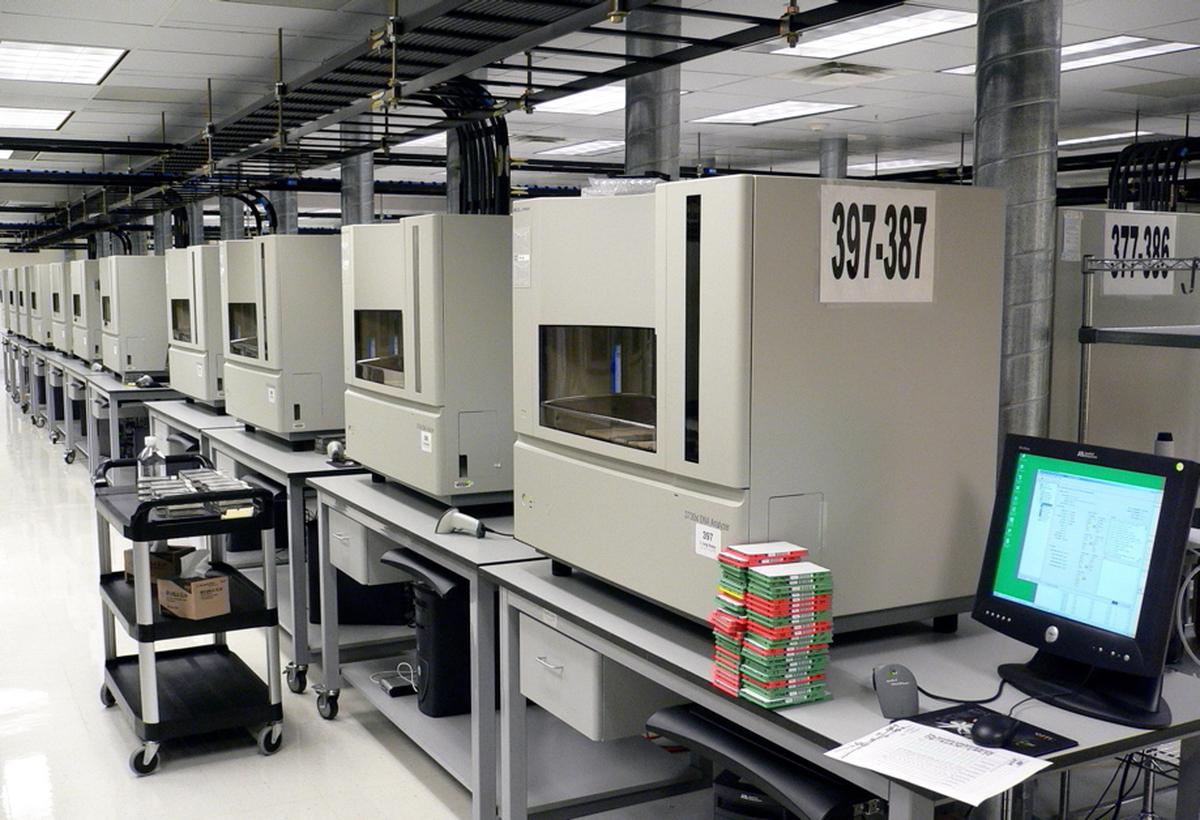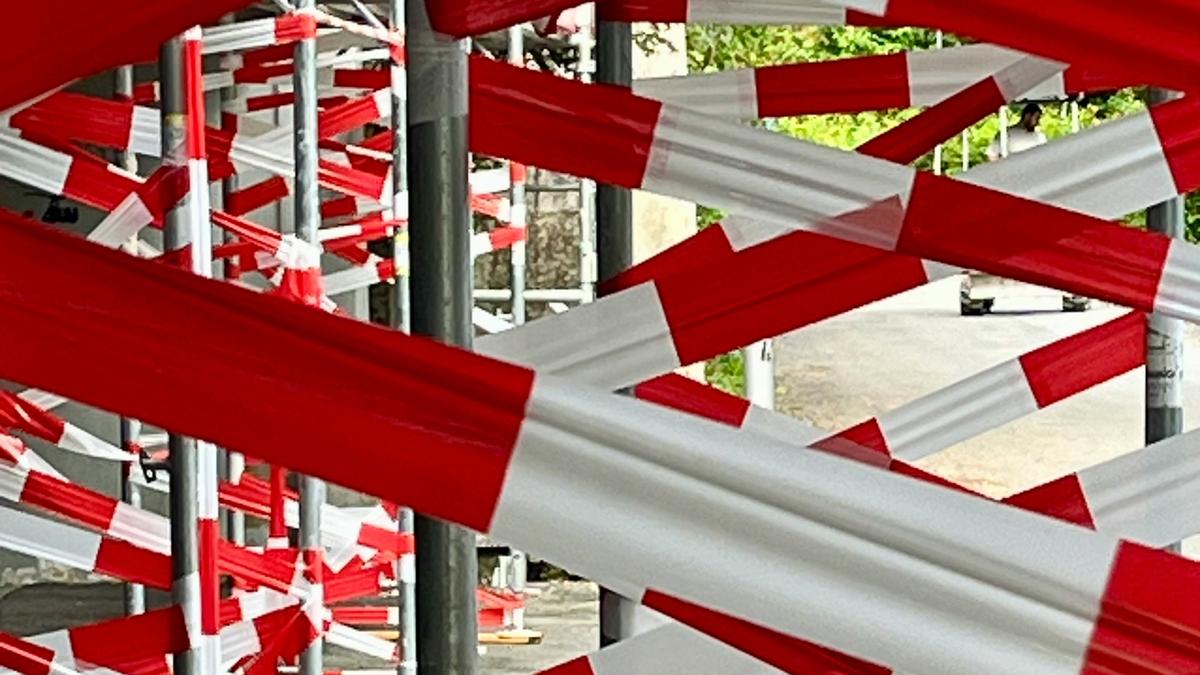Bureaucratic red tape, limited funding, and expensive equipment often conspire to make scientific research in the Global South an uphill task. Yet researchers continue to find creative ways to keep going.
At a plenary lecture during the Student Conference on Conservation Science in Bengaluru in September, Sammy Wambua, a conservation genomics scientist from Pwani University in Kenya, outlined how scientists in resource-constrained settings improvise and collaborate around bureaucratic and other hurdles.
The meeting, hosted by the Indian Institute of Science, brought together early-career scientists from India and some other countries. In his talk, ‘Navigating Conservation Genomics in East Africa: A Personal Journey, Practical Lessons, and a Vision for Equitable Science’, Dr. Wambua sketched out the obstacles that researchers in Kenya face and offered lessons that might resonate in India, where young scientists contend with comparable challenges.
A kind of ‘jugaad’
Among other points, he said that the most daunting barriers aren’t scientific but bureaucratic. Multiple overlapping policies, opaque approval processes, and inhibitory oral directives often leave researchers stranded and their experiments often at dead-ends.
“When you run into hindrances with anything bureaucratic and try to get an explanation, you don’t get a satisfactory one,” he said. “It tells you immediately that the bureaucrats are not guided by anything that is written.”
The Indian experience echoes this. Wildlife biologists often wait months for permits to enter protected areas, with no updates from the forest department. Conservationist Tarsh Thekaekara, who attended Dr. Wambua’s lecture, recalled how one of his permits to work with elephants was delayed for eight months until he sat in the forest department office for four days. Such experiences are part of what he called ‘jugaad’ — the quintessentially Indian habit of developing quick fixes to navigate inefficiencies.
Even when laws formally allow exceptions, such as buying certain enzymes from a single source because only one supplier exists, oral directives can override them. In India, procurement rules often impose rigid ‘lowest price’ norms even for highly specific reagents, rendering it difficult for labs to procure niche materials. Earlier this year, in fact, the Union Ministry of Finance eased some of these constraints by raising the direct purchase limit from ₹1 lakh to ₹2 lakh and allowing vice-chancellors to approve tenders of up to ₹200 crore.
Ideally, Dr. Wambua said, government offices should function like service counters that communicate application status clearly and proactively. Researchers in both Kenya and India instead face long silences until they make time and follow up.
Collaborations as bridges
He also argued that collaboration could provide another way around such hurdles. For example, international projects typically require memoranda of understanding (MoUs) that are approved by the respective governments — but which often languish in ministries for years. Instead, he said, he and his colleagues use provisional ‘Frameworks of Collaboration’ that allow them to begin work while formal MoUs are still being processed.
“We apply for the MoUs to be approved, and in the meantime we can get started,” he said, emphasising that the approach is legal and pragmatic.
Funding shortfalls are the other major obstacle. Dr. Wambua described how his students’ applications for postgraduate scholarships were repeatedly rejected. But partnerships with conservation organisations sometimes yielded both science and support. He recalled proposing coral genotyping projects with the condition that the budget be raised to cover students’ fees and stipends, in effect linking building capacity to research outcomes.

In India as well, many funding delays have threatened the sustenance of both students and research projects. Reports from Centrally funded universities have admitted arrears in disbursing fellowships. Typically, the Ministry approves scholars’ claims but forces them to wait for months to receive their stipends, pushing them to take on teaching work and sometimes even personal loans.
Collaborative arrangements such as agreements between Indian and foreign labs (e.g. to split research work) are often the only way to bridge the gap in the end.
Dr. Wambua also highlighted how rapidly evolving technology makes expensive investments more risky. For instance, buying a DNA sequencing machine might cost tens of lakhs of rupees — only for the model to become obsolete within months. Instead, he said, scientists can ship samples abroad at minimal cost to be processed using state-of-the-art facilities.
“It helps to have friends in labs in different countries,” he said.
“We cannot stop working because there is no money. If you have a PhD, the least you can do is think.”
‘Find ways to work together’

A row of DNA sequencing machines. According to accounts from researchers in government-funded institutions, Indian public universities often face protracted procurement cycles, sometimes exceeding six months.
| Photo Credit:
Steve Jurvetson (CC BY)
According to accounts from researchers in government-funded institutions, Indian public universities often face protracted procurement cycles, sometimes exceeding six months. Delayed delivery and/or non-compatibility issues further erode value and, within that timeframe, the DNA sequencer may have been rendered unnecessary or irrelevant.
Underlying Dr. Wambua’s overarching message was a call for more South-South collaborations. Countries in Africa and Asia face similar constraints and stand to gain by pooling resources and aligning research priorities rather than labouring alone, often to ineffectual ends.
“We should be more intentional in seeing our strengths and finding ways to work together,” he said, urging scientists to reimagine collaboration beyond the traditional North-South model.
One particular indicator of this is India’s record of publications in the agricultural sciences. One recent analysis by Central University of Tamil Nadu and Banaras Hindu University researchers underscored how much international collaboration shapes visibility. In 2014-2023, scientists were found to have coauthored almost 2,100 papers with institutions in the US, eliciting more than 33,000 citations. Ultimately, the analysis showed, collaborations with more institutions were also more impactful.
For young researchers in India listening in Bengaluru, the parallels would have been unmistakable. Bureaucratic delays, outdated procurement rules, and chronic underfunding are all hallmarks of doing science in India. However, Dr. Wambua’s account also carried a note of optimism and that creativity and solidarity can keep science alive even in the toughest environments.
Rishika Pardikar is a freelance environment reporter.
Published – October 07, 2025 05:30 am IST
